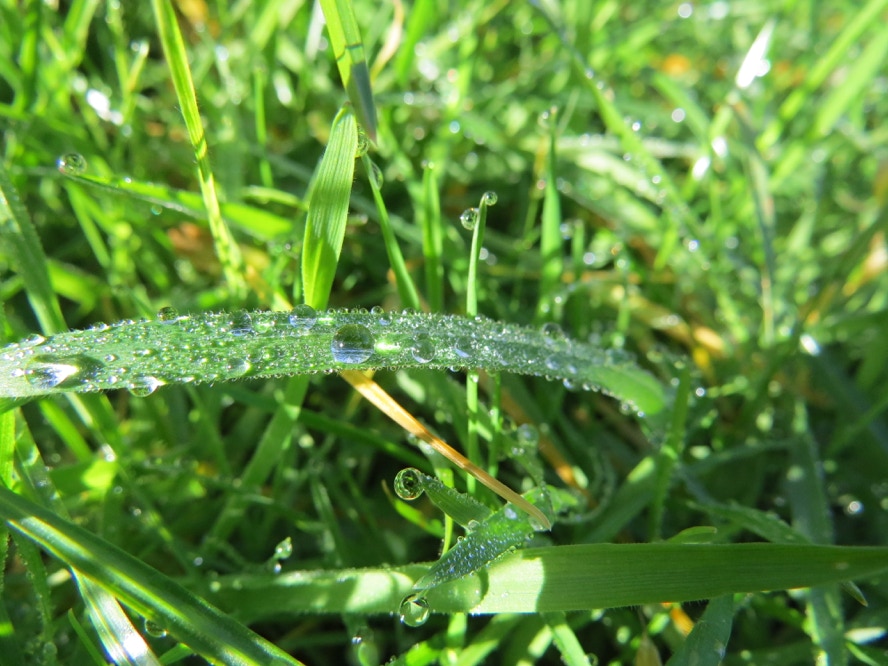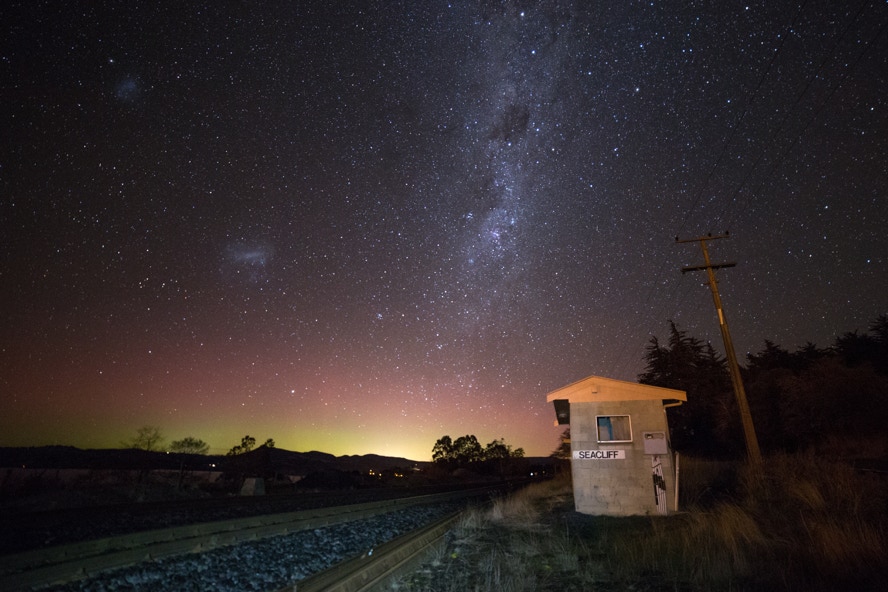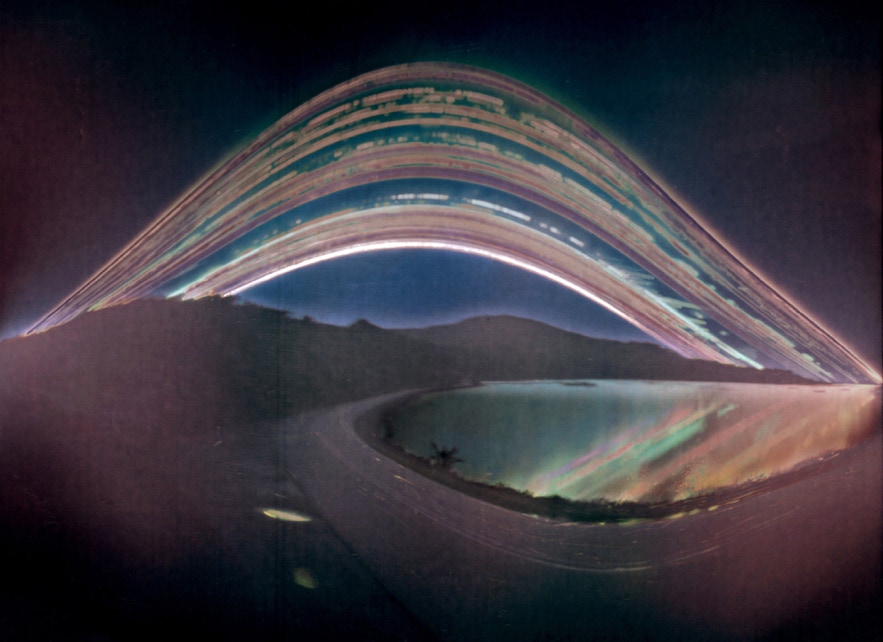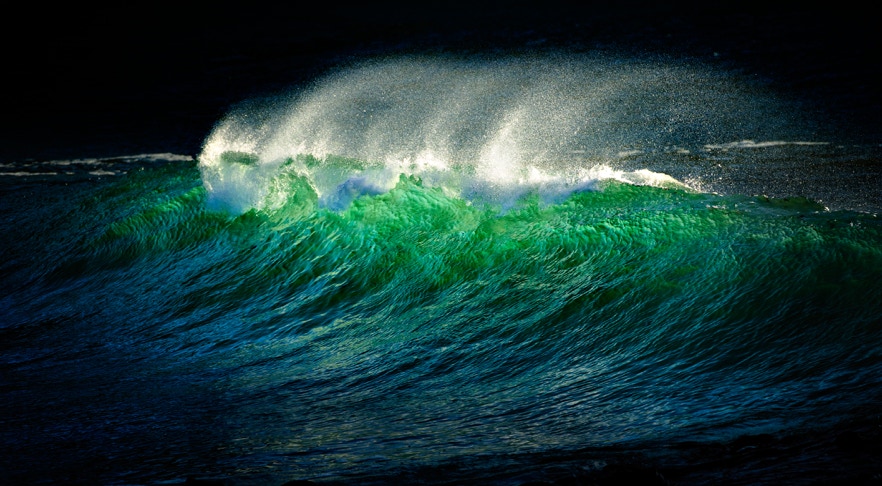-
SCIENCE
-
QUANTUM CURIOUS
-
NEWS/EVENTS
-
PEOPLE
What is a superconductor?

Congratulations to the photography competition winners, and to all participants for your stunning photography!
The 4 first-place winners can be seen on this page. For all of the photos displayed at Capture Science, visit photobucket.
Under 12
Charlotte Rogers-Foran

13-17 years
Charlotte Becconsall-Ryan (17)

Adult Amateur
Donald Reid

The moment that it takes for a camera to capture an image can be extended for a very long time. If left to expose for months, at a very low sensitivity, the sun will appear as a concentric series of luminescent lines, some broken by cloudy weather, each day tracing a slightly different arc as the year progresses. The result is a record of the sun’s movement in the sky and it’s interaction with landscape, weather and sea. This image helps to extend our perception of time beyond our normal range and show a different way of perceiving seasonal change.
This image was made using a pinhole camera. It was exposed for four months, the paper scanned and a digital image created. This was inverted right to left, negative to positive, and the subtle colours in the original image were drawn out to the solagrapher’s satisfaction.
Adult Professional
Allan Cox

Waves are formed by the effect of wind on water. The size of the wave is determined by the strength of the wind, and the distance over the water that the wind has been blowing: known as the fetch. Once formed however, waves can travel great distances, so that when they finally reach the shallow waters of a shoreline and start to break, they may be in an area where the wind is blowing in the opposite direction to the waves travel. In this situation if the wind is strong enough, we get spindrift.
Event proudly sponsored by Quantum Science Otago, SPIE, OSA, and the Department of Physics
To find out more about events on around Otago visit the DCC events webpage
ABOUT QSO
The Centre for Quantum Science is a University of Otago Research Centre hosted by the Department of Physics.
CONTACT
Ashton Bradley
ashton.bradley [at] otago.ac.nz
Niels Kjærgaard
niels.kjaergaard [at] otago.ac.nz